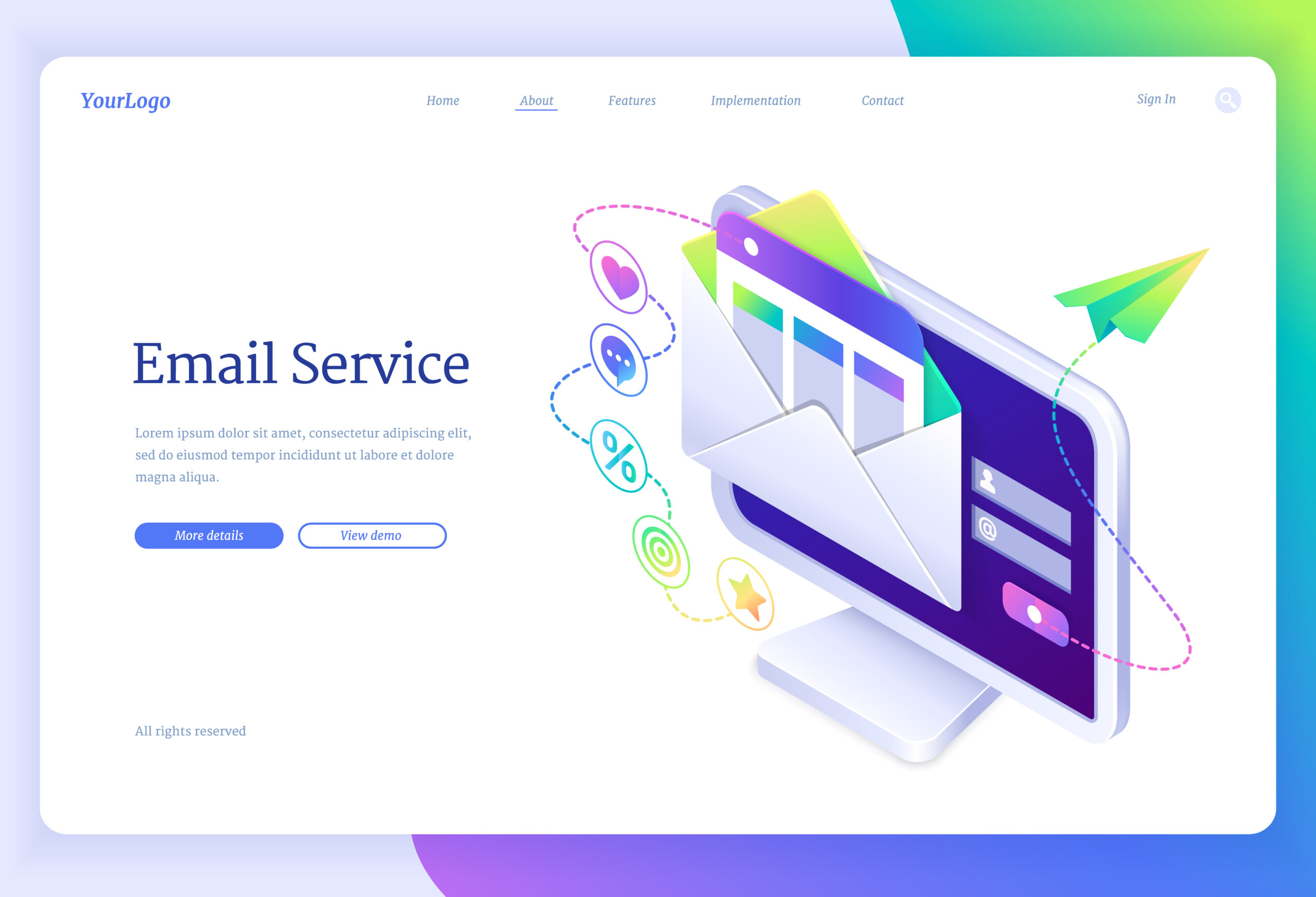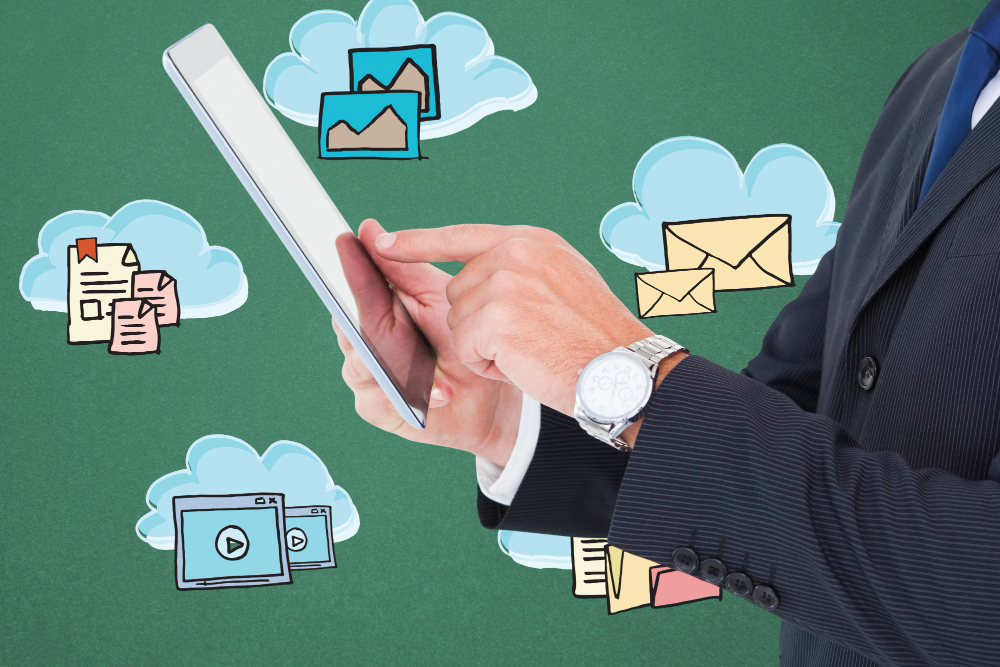Email marketing is a powerful tool for businesses to engage with their audience, but in an era where inboxes are flooded with messages, standing out and building meaningful connections is a challenge. That’s where personalization comes into play. Personalizing your email marketing campaigns can make all the difference in establishing a deeper connection with your subscribers and increasing the effectiveness of your efforts. In this article, we’ll explore the importance of personalization in email marketing and provide insights into how to implement it effectively.
The Power of Personalization
Personalization in email marketing involves tailoring your email content and messaging to individual recipients based on their preferences, behaviours, and demographics. It goes beyond simply addressing subscribers by their first names; it’s about delivering relevant and valuable content that resonates with each recipient. Here’s why personalization matters:
Enhanced Engagement
Personalized emails are more engaging. When subscribers receive content that is specifically tailored to their interests and needs, they are more likely to open, read, and interact with your emails. This heightened engagement can lead to higher click-through rates (CTR) and conversions.
Improved Customer Retention
Personalization fosters stronger relationships with your audience. When subscribers feel that your emails provide value and cater to their preferences, they are more likely to remain loyal customers and continue engaging with your brand over time.
Higher Conversion Rates
Personalized emails drive conversions. Whether you’re promoting products, services, or content, tailoring your messages to each recipient’s preferences and behaviours increases the likelihood that they will take the desired action, such as making a purchase or signing up for a webinar.
Reduced Unsubscribes
Relevance matters when it comes to email marketing. Personalized emails are less likely to be perceived as spammy or irrelevant, reducing the likelihood of recipients unsubscribing from your list. When subscribers see value in your emails, they’re more inclined to stay engaged.
Better Customer Insights
Personalization requires collecting and analyzing data about your subscribers. This process provides valuable insights into customer behaviours, preferences, and purchasing patterns, which can inform your marketing strategies and product offerings.
Implementing Effective Personalization
To implement personalization effectively in your email marketing campaigns, consider the following strategies:
Segment Your Audience
Segmentation is the foundation of personalization. Divide your email list into smaller segments based on criteria such as demographics, purchase history, and engagement level. Segments allow you to send targeted messages that are highly relevant to specific groups within your audience.
Personalized Subject Lines
The subject line is the first thing recipients see, so make it count. Use personalized subject lines that grab attention and indicate that the email is tailored to the individual. Mentioning the recipient’s name or referencing their recent interactions with your brand can be effective.
Dynamic Content
Dynamic content allows you to create email templates with variable content blocks that change based on the recipient’s profile or behaviours. For example, you can showcase products related to a recipient’s past purchases or location-specific offers.
Behaviours-Triggered Emails
Set up behaviours-triggered email campaigns that automatically send messages based on specific actions or inactions. For instance, you can send a follow-up email to a subscriber who abandoned their shopping cart or a personalized recommendation based on their browsing history.
Personalized Recommendations
Leverage data-driven algorithms to provide personalized product or content recommendations. Platforms like Amazon have mastered this by suggesting products based on a user’s browsing and purchase history.
Measuring the Impact of Personalization
Tracking the success of your personalization efforts is crucial for continuous improvement. Here are some key metrics to monitor:
Open Rate
Monitor the open rates of your personalized emails to gauge their effectiveness. Personalized subject lines and content should lead to higher open rates compared to generic emails.
Click-Through Rate (CTR)
CTR measures how many recipients clicked on the links within your email. It’s a critical metric for assessing the engagement level of your personalized content.
Conversion Rate
Conversion rate tracks how many recipients took the desired action, such as making a purchase or signing up, after receiving a personalized email. A high conversion rate indicates that your personalization strategies are effective at driving results.
Unsubscribe Rate
Keep an eye on your unsubscribe rate to ensure that your personalization efforts aren’t causing subscribers to opt out. If your personalization is relevant and valuable, it should reduce the likelihood of unsubscribes.
Revenue Generated
Ultimately, the impact of personalization should be seen in your bottom line. Track the revenue generated from personalized email campaigns to measure their direct contribution to your business’s success.
FAQs on Personalization in Email Marketing
How can I start personalizing my email campaigns if I don’t have much data on my subscribers?
Even with limited data, you can begin personalizing your email campaigns. Start by using basic personalization techniques, such as addressing subscribers by their first names and segmenting your list based on basic criteria like location or purchase history. As you gather more data over time, you can refine your personalization efforts.
What are some tools or platforms that can help with email personalization?
Several email marketing platforms offer robust personalization features, including Mailchimp, HubSpot, and Klaviyo. These platforms often provide segmentation options, dynamic content capabilities, and behaviours-triggered email automation.
Is personalization only relevant for B2C businesses, or can B2B businesses benefit from it as well?
Personalization is valuable for both B2C and B2B businesses. In the B2B context, personalization can involve tailoring content and messaging to specific industries, job roles, or company sizes. Understanding your B2B audience’s pain points and needs is essential for effective personalization.
How do I avoid crossing the line between personalization and invasion of privacy?
Respect for privacy is paramount. To avoid crossing the line, be transparent about how you collect and use subscriber data. Allow subscribers to control their preferences and the frequency of emails. Always obtain clear consent for data collection and use.
Can personalization be overdone in email marketing?
Yes, over personalization can become overwhelming or come across as invasive. Strive for a balance between personalization and relevance. Not every email needs to be highly personalized; focus on sending content that genuinely adds value to the recipient.
Conclusion
Personalization in email marketing is not just a trend; it’s an essential strategy for connecting with your audience and achieving better results. By tailoring your email content, subject lines, and messaging to individual preferences and behaviors, you can enhance engagement, boost customer retention, and drive higher conversion rates. However, personalization requires a data-driven approach, segmentation, and ongoing measurement and optimization. As you harness the power of personalization, remember that it’s about delivering value and relevance to your subscribers, ultimately building stronger and more meaningful connections with your audience.
Also Read: Email Marketing Metrics that Matter: Key Performance Indicators to Track













